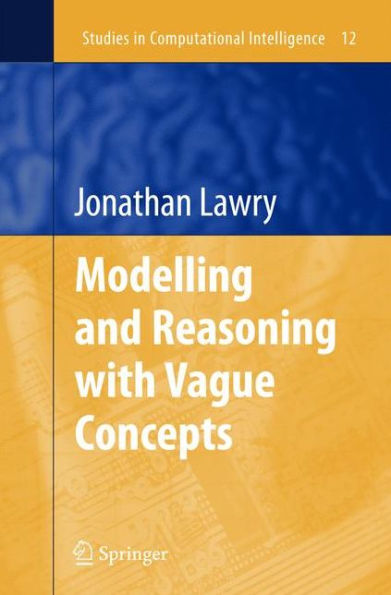5
1
9780387290560


Modelling and Reasoning with Vague Concepts / Edition 1 available in Hardcover

Modelling and Reasoning with Vague Concepts / Edition 1
- ISBN-10:
- 0387290567
- ISBN-13:
- 9780387290560
- Pub. Date:
- 01/11/2006
- Publisher:
- Springer US
- ISBN-10:
- 0387290567
- ISBN-13:
- 9780387290560
- Pub. Date:
- 01/11/2006
- Publisher:
- Springer US
109.99
In Stock

Product Details
| ISBN-13: | 9780387290560 |
|---|---|
| Publisher: | Springer US |
| Publication date: | 01/11/2006 |
| Series: | Studies in Computational Intelligence , #12 |
| Edition description: | 2006 |
| Pages: | 246 |
| Product dimensions: | 6.10(w) x 9.25(h) x 0.03(d) |
From the B&N Reads Blog
